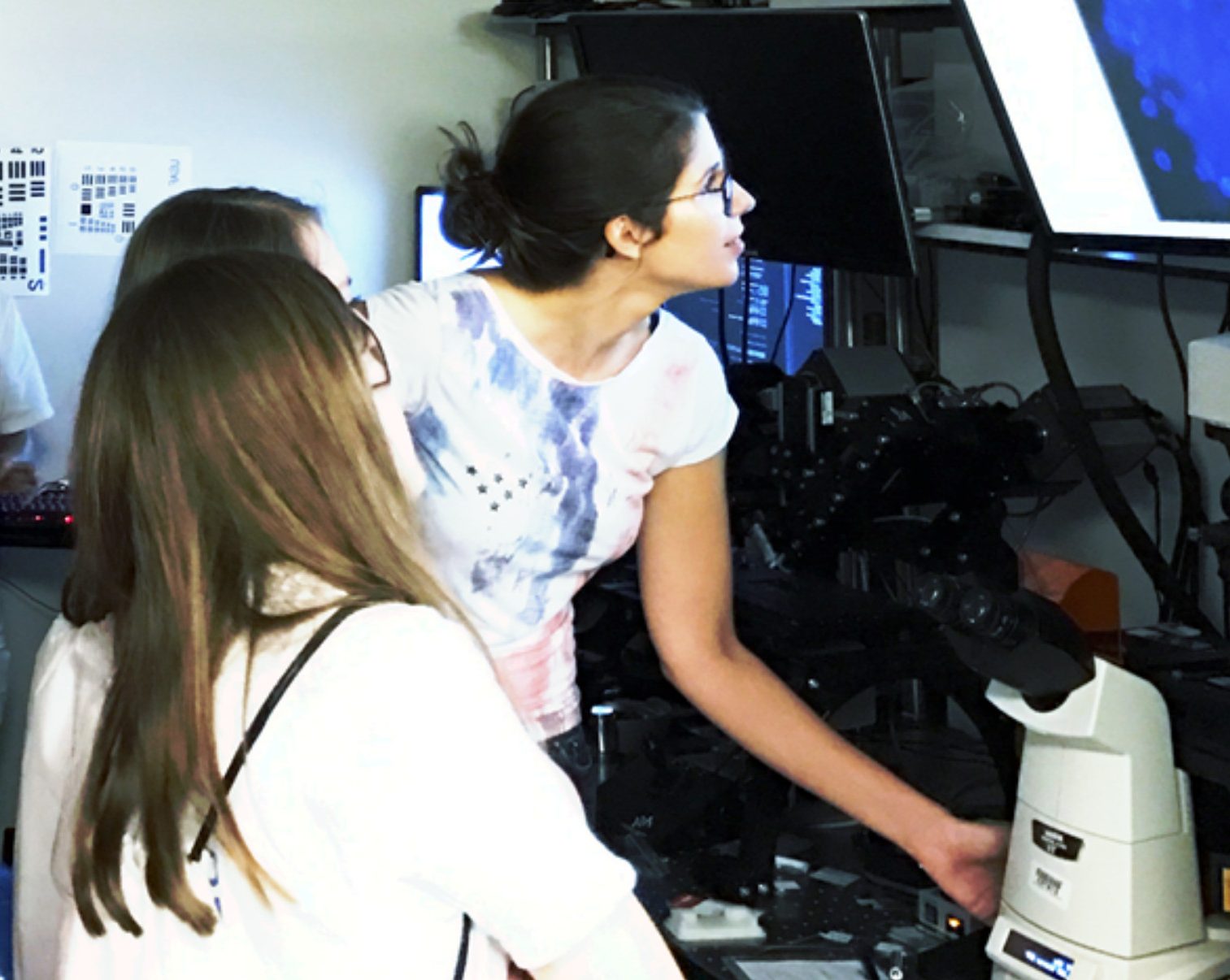

Benefits of Undergraduate Research
Research internships provide students with the opportunity to work with experienced scientists on cutting-edge academic research. Undergraduates use this opportunity to gain valuable research experience and decide whether or not they want to pursue graduate studies.
Available Programs
The STIM Lab participates in multiple university and federal programs that help undergraduates pursue practical guided research projects. These include:
Summer Undergraduate Research Fellowships (SURF). These fellowships are sponsored by the University of Houston and provide funding for 10-week summer internships for sophmores, juniors, and seniors.
Provost Undergraduate Research Scholarship (PURS). These scholarships provide a $1000 stipend for undergraduates at the University of Houston to work on a guided project for one semester.
Research Experience for Undergraduates (REU). These internships are sponsored primarily by the National Science Foundation for undergraduates to spend a summer working on a guided research project. REU candidates in the STIM Lab are often recruited through the NSF BRAIN Center.
ECE Senior Design. The STIM Lab can support ECE Senior Design projects related to our research. These projects are for small groups of 3-5 students, generally resulting in building some instrument or imaging system.
Research Topics
Given the fast pace of an undergraduate research internship, it is helpful if candidates have an idea of the skills they would like to learn. The STIM Lab has a broad range of expertise in optics and computing, with selected topics that include:
Image Processing. Biomedical image processing most commonly focuses on developing algorithms to automatically identify and label structures such as vessels, neurons, and cells. One common project is the implementation of recently published algorithms from other research groups so that they can be made publicly accessible.
Machine Learning. We frequently use machine learning algorithms for image processing. These most commonly include deep learning methods such as convolutional neural networks for “semantic segmentation”, which labels every pixel in an image with its corresponding structure. Projects in this topic commonly involve annotation of a training set and optimizing a neural network architecture to produce the best results.
OpenGL and Computer Graphics. STIM Lab research often requires developing tools for visualizing unique and complex structures, such as vascular and neural networks. Interactive visualization most commonly uses graphics APIs such as DirectX, OpenGL, and Vulkan. We most frequently use OpenGL, which is cross-platform and well established. Projects on this topic include developing software to display and interact with interesting geometric structures like cells and capillary networks.
Unreal Engine Development. Unreal Engine is an interactive graphics platform often used in video game development. We are experimenting with this platform as a visualization tool for complex biological structures, particularly using virtual reality. Projects in this topic will involve learning Unreal Engine and implementing “modules” that perform required tasks like loading geometry or interacting with models.
Process Automation (Robotics). Since our laboratory focuses on imaging large tissue volumes, all of our imaging instrumentation requires extensive automation. This includes the simultaneous control of multiple stages, cameras, and optical modules (lasers, mirrors, etc). These projects involve automating or prototyping new imaging systems under the control of a PC or microcontroller (usually an Arduino).
Histology and Tissue Processing. Preparing samples for imaging is a critical step that is often overlooked by engineers. This includes extracting samples from animals, tissue processing, and labeling individual components of interest. This research topic can be interesting for students with biology backgrounds, or engineers interested in getting some wet lab experience. Projects include training in standard tissue labeling, immunohistochemistry (antibody labeling), and expansion microscopy.
CUDA and GPU Programming. GPUs provide a large amount of processing power for specific applications that map well to highly parallel pipelines. Experienced C/C++ programmers may be interested in learning how to leverage GPUs to accelerate a variety of algorithms. These projects include topics like GPU implementation of image processing algorithms or physics simulations.



